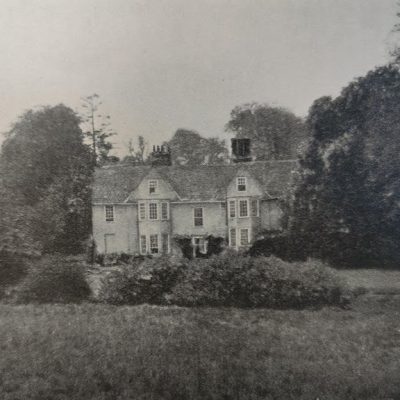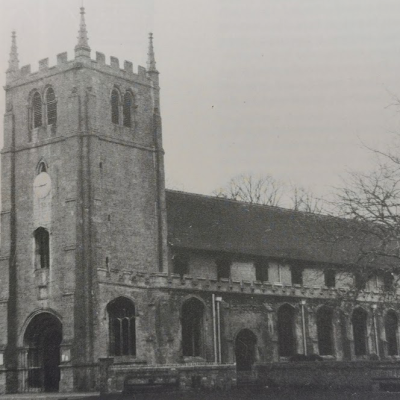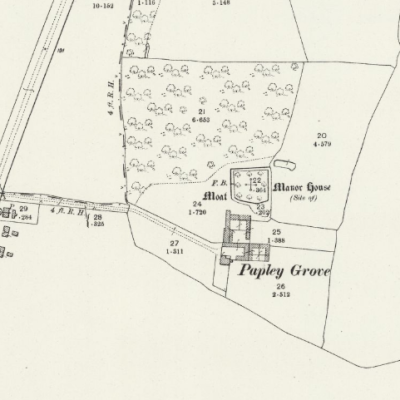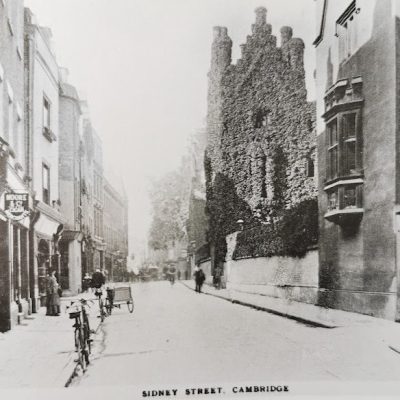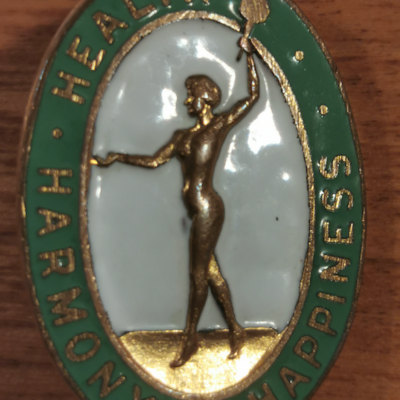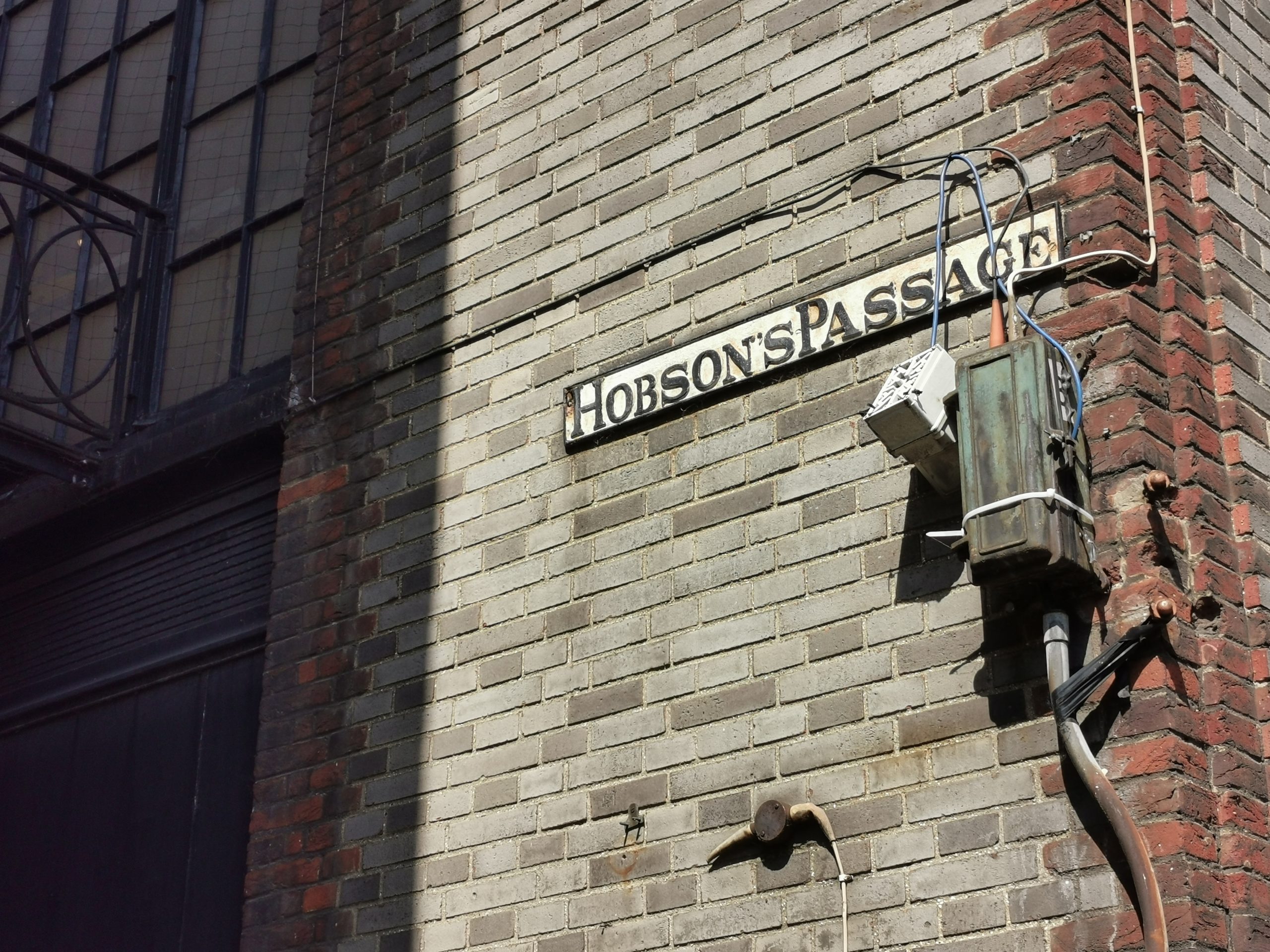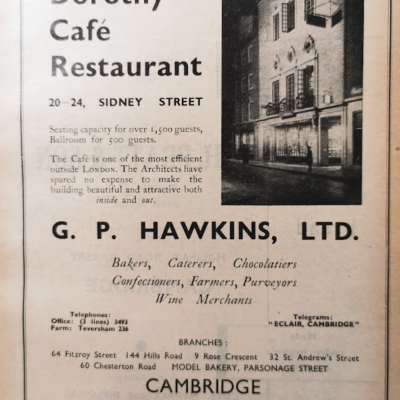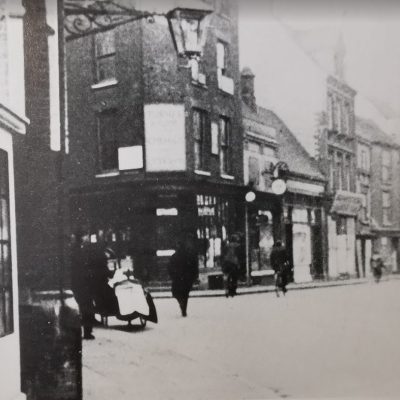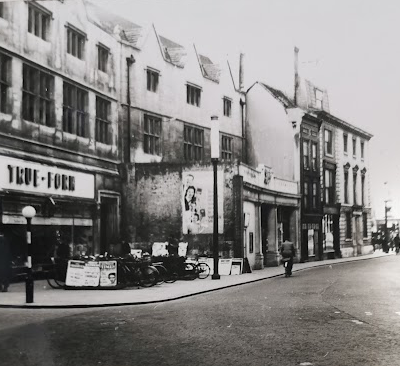Search by topic
- archaeology
- Building of Local Interest
- chapel
- charity
- church
- crime
- dressmaker
- fire
- Great Eastern Railway
- Listed building
- Mapping Relief
- medieval
- oral history
- poverty
- Public House
- Religious House
- Roman
- scholar
- school
- Then and Now
- tudor
- women
- work
- world war one
- world war two
Search by text
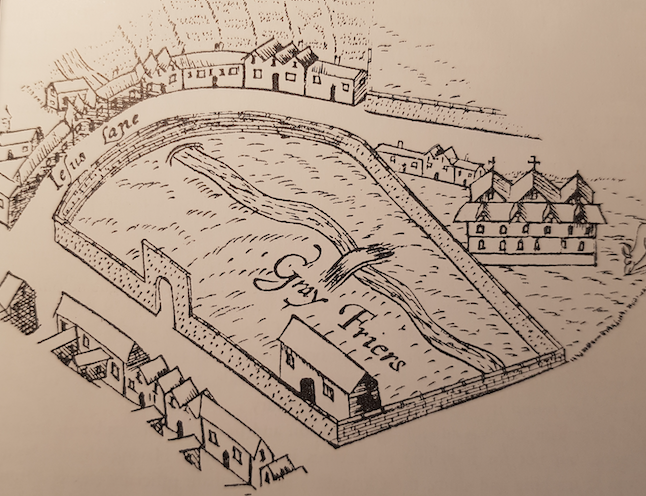 Gray Friars 1574
Gray Friars 1574Greyfriars, Franciscan friary
History of Greyfriars
A detailed history of the Franciscans in Cambridge can be found here:
https://www.british-history.ac.uk/vch/cambs/vol2/pp276-282
Alison Taylor in Cambridge The Hidden History writes:
In 1226 the first Franciscans in Cambridge were lent a disused synagogue adjoing the gaol on the site of the present Guildhall … Later they moved to a site that is now Sidney Sussex [College] and in 1350 a new church, large enough to be regularly used for university ceremonies and with an adjacent cemetery and cloister, was dedicated. In order to have a safe water supply the monks built a conduit to their house from springs near the Cambridge Observatory.
Sidney Sussex college website says:
Excavations in the 1950s revealed traces of a huge complex of buildings, a lay graveyard complete with skeletons now reburied, bucket-loads of superb shattered stained glass and a massive Saxon jar. The cellars housing Sidney’s wine below Hall Court are surviving medieval structures from this lost world.
The friary church was demolished after the Dissolution and 3000 loads of stone were taken to build the chapel of Trinity College. Sidney Sussex was not founded until 1596. The original church had been in Cloister Court and Hall Court was laid out to the same plan as the original cloister on top of the medieavl buildings.
Contribute
Do you have any information about the people or places in this article? If so, then please let us know using the Contact page or by emailing capturingcambridge@
License
This work is licensed under CC BY-NC-SA 4.0





